A person who carries a firearm, whether daily or occasionally, takes on a huge responsibility. Many people begin their firearms journeys with an introduction from a family member or friend, followed by a class at a local range and then they may even join a group or club. You can’t beat belonging to a group of like-minded individuals and spending time shooting. I advise you though to take into consideration your firearms competency and consider what it takes to be a gunslinger. I’ve seen it on the range many times, people shoot fun drills until slide lock and consider that practice. What did they learn besides how to safely discharge firearms down range? Consider the following to take you from lead slinger to gunslinger.
Gear Up is sponsored by Springfield Armory
Grip — A good grip allows a shooter to control the firearm, thus getting the sights back on target for faster follow-up shots. Here, Julie Golob teaches a proper grip.
Sight Alignment – Line the top of the front sight with the top of the rear sight, ensuring that an equal amount of space is on either side of the front sight.
Sight Picture — The relationship between the sights and the target create a sight picture. Know where your sights need to be on your target to make the shot.
Trigger Press — Have the ability to press the trigger straight and to the rear without disturbing the sights and sight picture.
Stance/Platform — When shooting becomes dynamic, like in competition or self-defense situations, you have no control over your stance. Heck, you may end up shooting from a chair or on the ground. However, when practicing on the range, get your shoulders in front of your hips and square to the target. Get aggressive to the target.

Practice drawing from wherever you carry your firearm.
Know how to run your gun! This includes clearing malfunctions, loading and unloading magazines, drawing from the holster (or wherever you carry) and working your safety. These manipulations should become automatic.
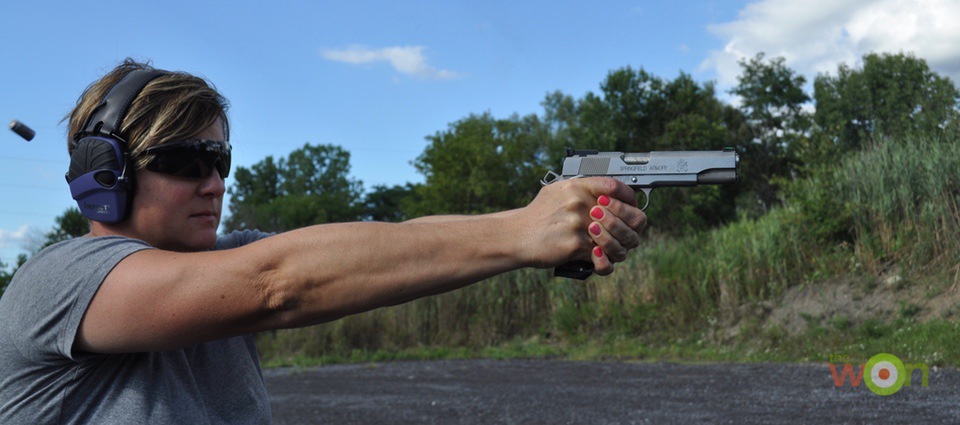
(Chris Cerino photo)
Consider competing to vet your self-defense shooting skills. In a gunfight, things go dynamic – unlike how most of us usually practice – on a flat range without movement. During a competition, you soon learn how well you know the fundamentals and how to manipulate your gear.
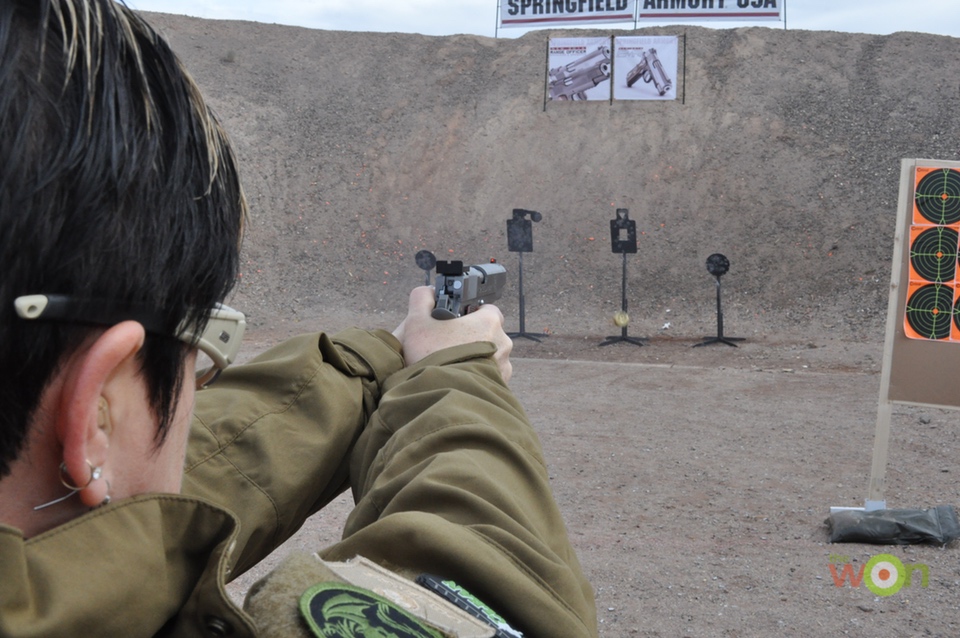
Know how to work your safety and run your gun. (Chris Cerino photo)
The following tips will help you get more out of your time on the range.
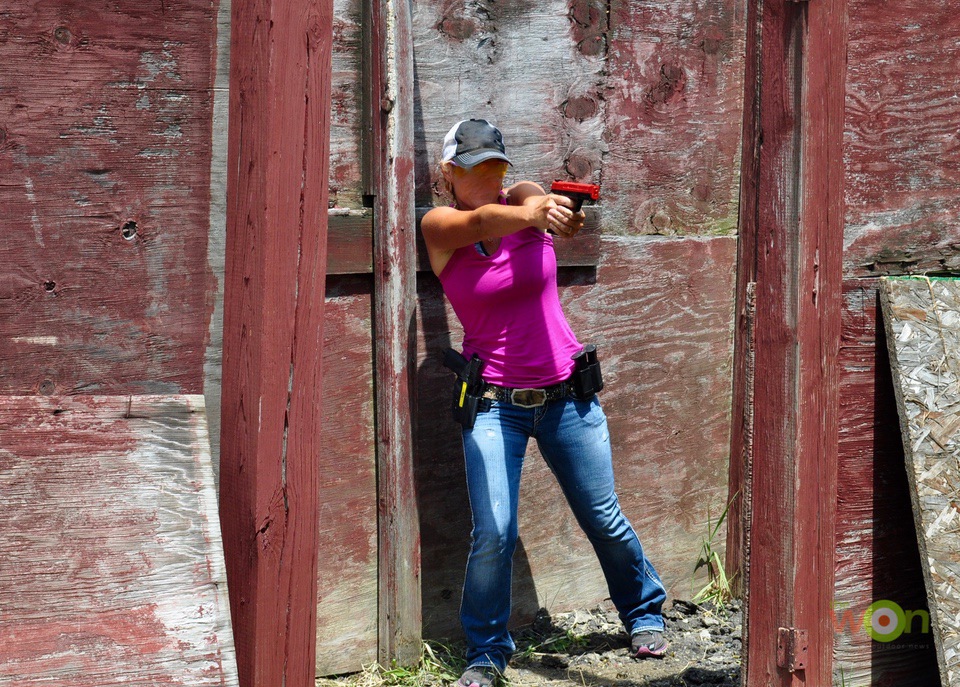
Consider adding movement during dry practice.
Do not have any ammunition in the room with you when you dry fire. Ever. Dry practice consists of much more than just dry fire (pressing the trigger on an empty and cleared gun). For dry practice, bring out an unloaded, empty firearm dummy rounds and any gear you need. Practice loading, unloading, drawing and presenting.
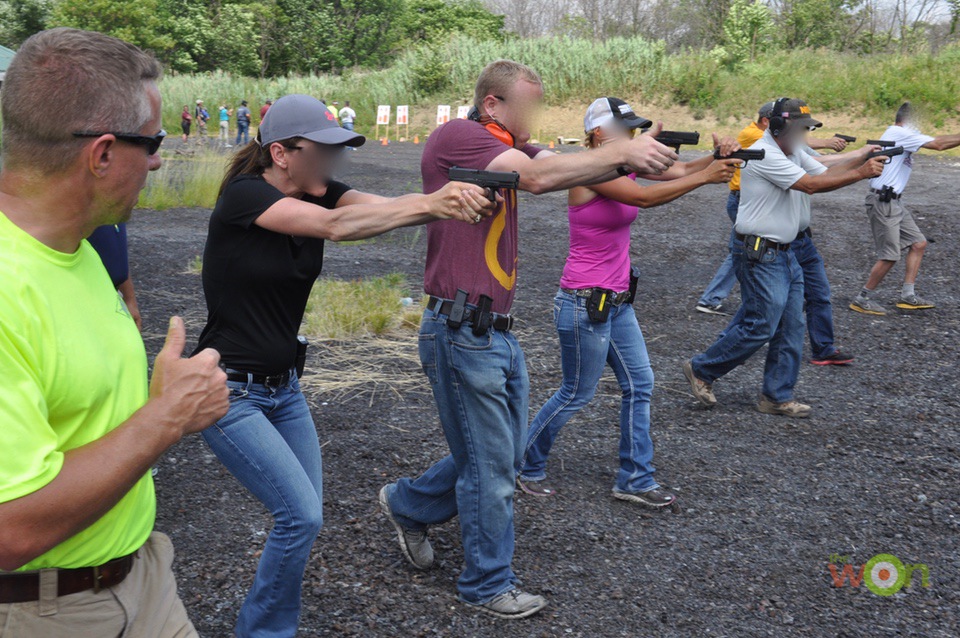
Practice under the watchful eye of an instructor.
Many people know how to shoot a gun, but not all people know how to teach. Sure, they may be able to tell you what to do, they may even know how to show you. But can they correct you and help you improve your shooting skills? Before taking any training, take the time to find a quality instructor.
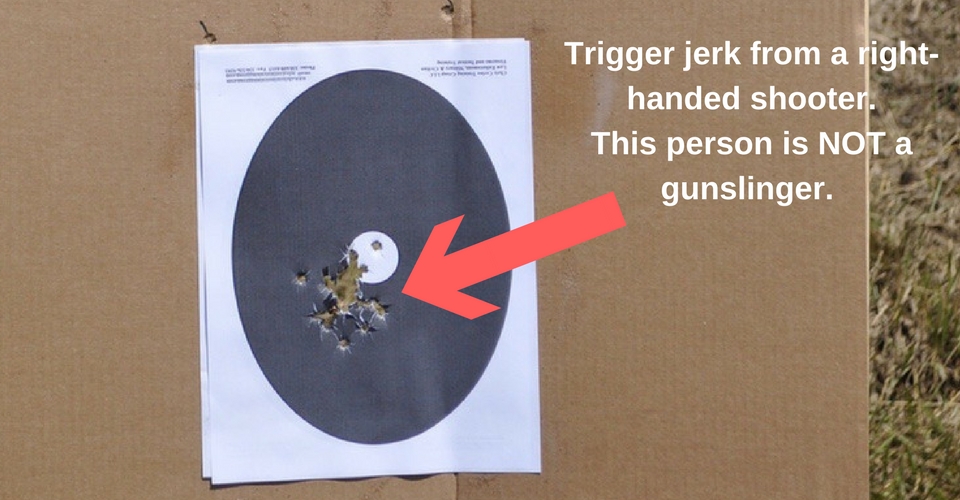
This target is unacceptable. YOU run the gun, YOU put the shots where YOU want them to go.
A gunslinger knows how to run her gun; it doesn’t run her. She knows how to put shots on paper where she wants them to go. She knows how to work her gear and get through malfunctions. Become more than just that person who throws lead down range, strive to be a gunslinger.
Michelle Cerino, aka Princess Gunslinger, first entered the firearms industry in 2011 as co-owner, president and trainer at a national training company. She immediately began competing in both 3-Gun and NRA Action Pistol, becoming a sponsored shooter. Michelle is currently a columnist and Managing Editor of Women’s Outdoor News, as well as owner of Pervenio LLC. She also manages social media for Vera Koo and FASTER Saves Lives. Michelle encourages others to step out of the comforts of home and explore. View all posts by Michelle Cerino